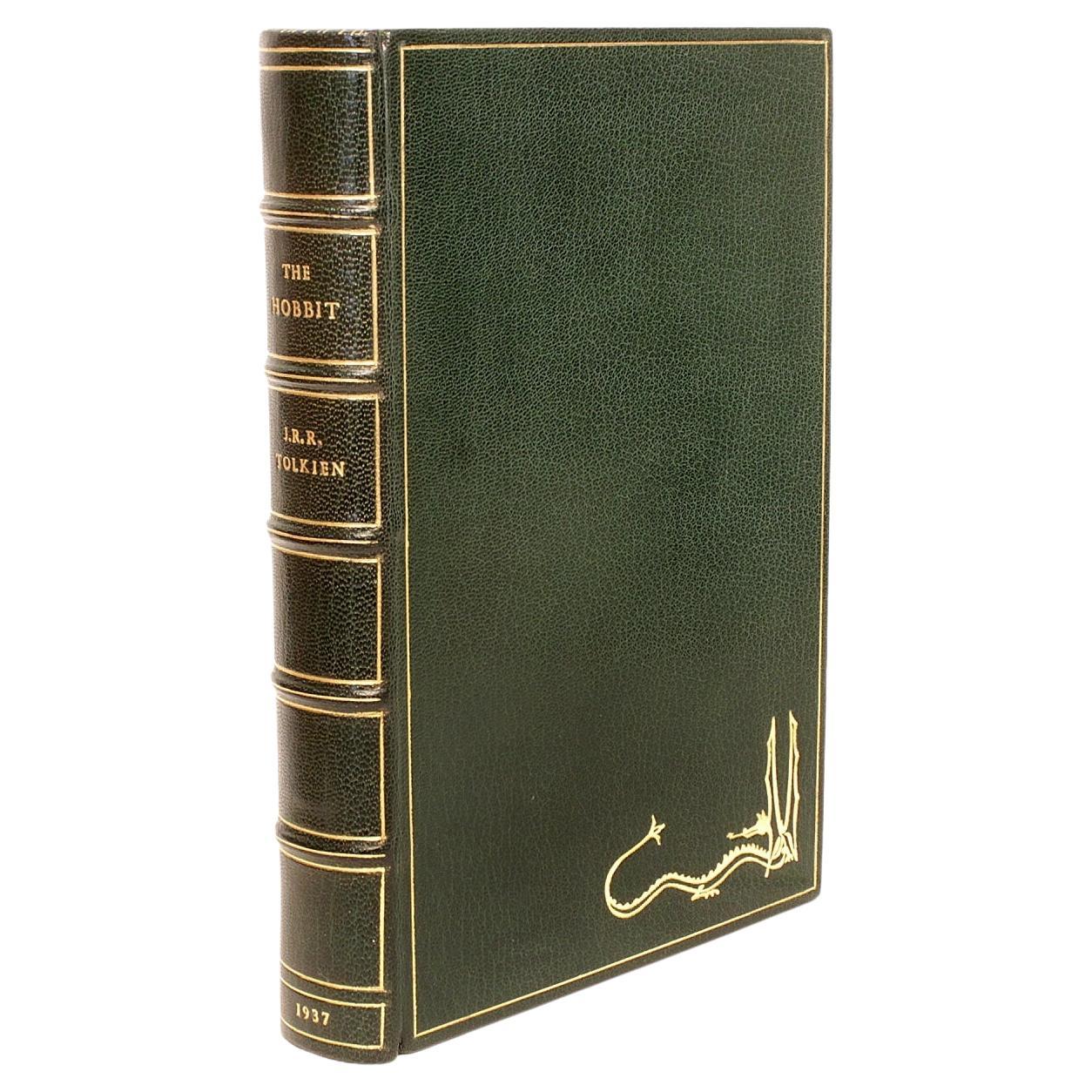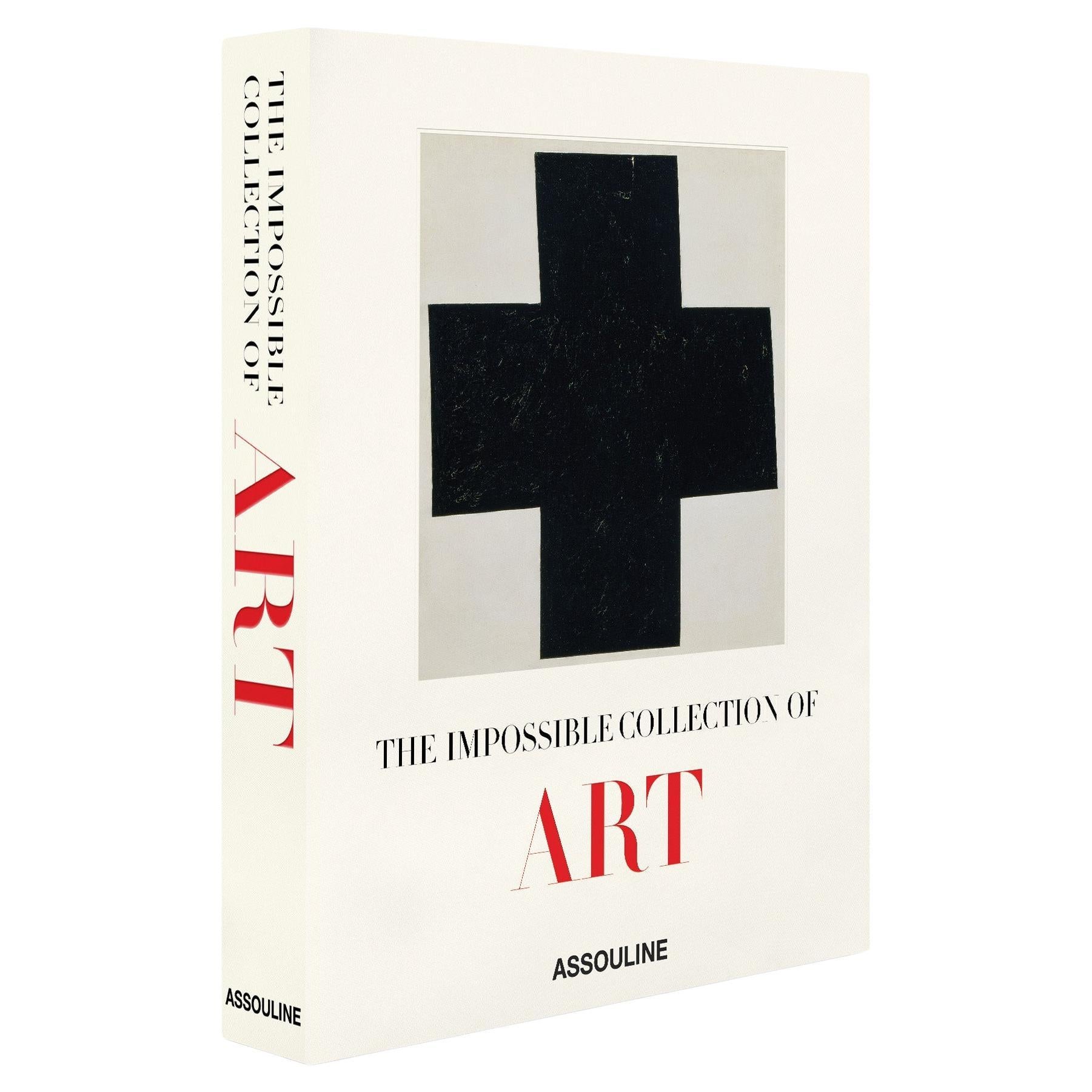Items Similar to Balsamarium shaped as a Bust of a Black Boy - Roman, 1st – 2nd Century AD
Want more images or videos?
Request additional images or videos from the seller
1 of 5
Balsamarium shaped as a Bust of a Black Boy - Roman, 1st – 2nd Century AD
About the Item
Balsamarium shaped as a Bust of a Black Boy
Bronze, silver inlaid eyes and lips, Roman, 1st – 2nd Century AD
Provenance:
Private London Collection formed 1965-1975
H 10 cm (4 inch)
This exquisite Roman bronze balsamarium, dating from the 1st or 2nd century AD, is shaped in the form of a bust depicting a young black African boy. His youthful face has been meticulously executed to the finest detail. Beneath his abundant elaborately crafted curly hair, his wide eyes, once adorned with precious inlaid materials, expressively gaze at the onlooker. The boy sports a bare chest beset at the bottom by a frame of acanthus leaves. At the top of the balsamarium is a circular orifice, allowing fragrant contents to be poured into it and which used to be covered by a lid attached to its rim. To the right of this opening is a large loop to which a chain could be attached.
Representations of black people were not uncommon in Roman art and their popularity is evidenced by the fact that such images have been found all over the Roman Empire, in places stretching as far north as Germania. The exotic images of blacks were used for balsamaria in the shape of busts, balances, terracotta vases, lamps and statuettes depicting fighters or jugglers. They have traditionally been considered as products of the so-called school of Alexandria or at least have taken inspiration from the popular art of Greco-Roman Egypt. However, it is now accepted that there also must have been numerous other locations outside of the Alexandrian realm that produced artefacts depicting black people, but since the subject has altogether been poorly studied the exact places of origin usually remain unknown.
Balsamaria were luxury products, that, as the name suggests, were mainly used for holding balsam, the resinous, sap-like product of many different plants, perfumes as well as the oil used by athletes to clean their skin. Balsamaria often depict women's, satyr's heads or animals, or wineskins.
Anthropomorphic balsamaria became widely popular during the 2nd and 3rd centuries AD and it was especially during this period that the number of those depicting exotic sitters grew exponentially. Balsamaria of Ethiopians, Nubians, and Indians were extremely sought-after, especially in those regions of the Roman Empire where contacts with such ethnic groups was limited.
Cosmetics were as important to the ancient Romans as they are in the present time, used by men and women alike, and kept in exquisite vessels specifically made for holding them. As balsamaria were predominantly intended to hold cosmetic odorous substances, it comes as no surprise that a considerable number of them depicted black people. In fact, Africans were the slaves of choice at the thermae, where they usually served as unctores, servants who massaged and anointed the visitors of the thermae with fragrant oils before or after bathing.
Often balsamariums were deemed so important that they were buried together with their owners and some, like one of a woman's head at the British Museum (1868,0601.3) were made exclusively to be placed into tombs with offerings rather than to be used by the living.
The vessels were especially popular in Etruria and were discovered on sites dating to the Hellenistic era (cf. the Norbert Schimmel collection). Other vessels have been found on later sites up to the 4th century AD, thus they need to be studied separately to be dated.
- Dimensions:Height: 3.94 in (10 cm)Width: 2.37 in (6 cm)Depth: 0.99 in (2.5 cm)
- Style:Classical Roman (Of the Period)
- Materials and Techniques:
- Place of Origin:
- Period:
- Date of Manufacture:Roman, 1st – 2nd Century AD
- Condition:Wear consistent with age and use.
- Seller Location:Bruxelles, BE
- Reference Number:1stDibs: LU6666236556712
About the Seller
5.0
Vetted Seller
These experienced sellers undergo a comprehensive evaluation by our team of in-house experts.
1stDibs seller since 2022
6 sales on 1stDibs
Typical response time: 7 hours
- ShippingRetrieving quote...Ships From: Bruxelles, Belgium
- Return PolicyA return for this item may be initiated within 3 days of delivery.
More From This SellerView All
- Roman Marble Architectural Decoration - 1st / 2nd century ADLocated in Bruxelles, BERoman marble architectural Decoration 1st-2nd century AD 14 x 9,5 x 5 on a modern metal stand Decorated in three sides with vegetal elements, le...Category
Antique 15th Century and Earlier Models and Miniatures
MaterialsMarble
- Roman Corinthian Capital, Flavian Period, 1st Century ADLocated in Bruxelles, BERoman corinthian capital Marble Flavian period, 1st century AD H 40 x L 42 x P 40 Provenance : Private collection United Kingdom.Category
Antique 15th Century and Earlier Italian Classical Roman Architectural E...
MaterialsMarble
- Terracotta Bust of Christ as the Redeemer, 15th CenturyLocated in Bruxelles, BEA terracotta bust of Christ as The Redeemer Tuscany or Emilia Romagna, late 15th century Measures: 46 x 43 x 21 cm This powerful, moving bust of...Category
Antique 15th Century and Earlier Italian Renaissance Figurative Sculptures
MaterialsTerracotta
- Monumental Feminine Head - Roman Empire - 3rd-4th Century AdLocated in Bruxelles, BEVery large feminine head crowned by a tiara Roman period, 3rd - 4th century AD Eastern provinces of the Roman Empire (Palmira?) gray basalt H 55 cm Old collec...Category
Antique 15th Century and Earlier Syrian Greco Roman Figurative Sculptures
MaterialsStone
- Bronze Mortar, Tuscany, Second Half of 16th CenturyLocated in Bruxelles, BEBronze mortar with garlands, flowers and putti - Tuscany , second half of 17th century. Measures: height 10 diameter : 13 cm Artisans and healers used mortars for grinding food...Category
Antique 16th Century Italian Renaissance Scientific Instruments
MaterialsBronze
- Pair of Silver Amulets of Two Fantastic Animals, Naples, 18th-19th CenturyLocated in Bruxelles, BEPair of silver amulets of two fantastic animals Naples, late 18th- early 19th century Silver, punches and the seal of the Kingdom of Naples Measures: ...Category
Antique Early 19th Century Italian Other Collectible Jewelry
MaterialsSilver
You May Also Like
- Roman Carved Marble Torso in Military Dress, circa 2nd-3rd CenturyLocated in Austin, TXA well carved Roman marble figure of a male in military dress, late Roman Period, circa 2nd-3rd century. The figure portrayed dressed in military att...Category
Antique 15th Century and Earlier Italian Classical Roman Historical Memo...
MaterialsMarble
- London, Tony Armstrong Jones 'Lord Snowdon', 1st Edition, 2nd Printing, 1958By Lord SnowdonLocated in London, GBScarce First Edition, Second Issue Cover, published by Weidenfeld & Nicolson, London, 1958. The first ever photography book by the famed society and fashion photographer Tony Armstrong Jones...Category
Vintage 1950s British Mid-Century Modern Books
MaterialsPaper
- TOLKIEN. The Hobbit. 1937 - 1st ED 2nd IMPRESSION - THE FIRST WITH COLOR PLATES!Located in Hillsborough, NJAUTHOR: TOLKIEN, J. R. R. TITLE: The Hobbit or There and Back Again. PUBLISHER: London: George Allen & Unwin Ltd, 1937. DESCRIPTION: FIRST EDITION SECOND IMPRESSION AND THE FIRST...Category
Vintage 1930s British Books
MaterialsLeather
- The Impossible Collection of Art (2nd ed.)By Assouline PublishingLocated in NEW YORK, NYModern art is the new intellectual currency, drawing the attention of media moguls, hedge-fund managers, and Hollywood darlings, granting them entry into an exclusive global community. Renowned art dealers Philippe Ségalot and Franck Giraud have curated The Impossible Collection of Art, an unparalleled modern art collection where anything is possible. These 100 extraordinary artworks, introduced by Joachim Pissarro, offer a unique perspective on 20th-century artistic achievements, whether hidden in a museum...Category
21st Century and Contemporary Books
MaterialsLinen
- The Devonshire Collection of Italian Drawings Roman & Neapolitan Schools 1st EdLocated in valatie, NYThe Devonshire Collection of Italian Drawings: Roman and Neapolitan Schools by Michael Jaffe. Published by Phaidon Press, London, 1994. 1st Ed hardcover with dust jacket. The Collection of Old Master drawings at Chatsworth House, Derbyshire, home of the Dukes of Devonshire, ranks with the Royal Collection at Windsor Castle as the finest privately owned group of such drawings in Britain and as one of the great princely collections of Europe. It contains outstanding drawings by the great masters from every artistic school. The book is devoted to the Italian drawings have detailed entries for nearly 1,000 works from the fifteenth to the eighteenth centuries, among them numerous reattributions and discoveries. This volume includes the works of Pietro da Cortona, Giulio Romano...Category
1990s English Books
MaterialsPaper
- 2nd Place Texas State Brass Trophy Cup 1957By Dodge Inc. 1Located in Oklahoma City, OKA tall brass metal trophy from the Texas State Exchange Clubs. This Trophy features a figural woman with wings atop a trophy cup with handles. She holds a...Category
Vintage 1950s American Mid-Century Modern Sports Equipment and Memorabilia
MaterialsMetal, Brass
Recently Viewed
View AllMore Ways To Browse
Indian Bronze Oil Lamp
African Statuettes
Enzo Testa
Hms Victory Ship Model
Antique Iron Shoe Last
Antique Wooden Shoe Last
Antique Wooden Shoe Lasts
Hms Model
Vintage Pond Yacht
Model Frigate
Oak Window Purple
Ships Capstan
Antique Roof Slate
Faberge Crystal Vase
Missile Model
Model Horn Ship
Vintage Dolls House Miniatures
Vintage Dolls Houses Dolls Miniatures And Houses





